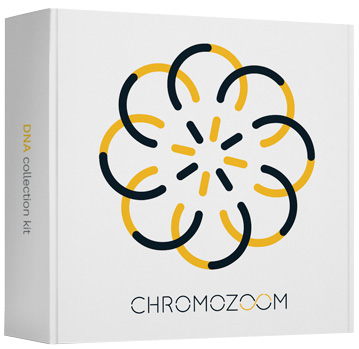Skin glycation
Glycation is one of the processes that cause skin aging. Skin aging is a result of skin damage over the years due to the effects of endogenous and environmental factors.The skin is permanently exposed not only to the internal process of aging, but also to various external stressors, resulting in structural changes affecting not only the skin’s youthful appearance but also its various physiological functions. Endogenous (internal) factors that affect skin condition include heredity, diet and specific diseases (e.g. diabetes). External factors particularly include UV radiation and lifestyle effects.
Currently, the role of advanced glycation end products (AGEs) in the aging process has been considerably discussed, and a number of studies demonstrating the important role of AGEs in skin aging already exist. Skin aging begins at around 20 years of age, with symptoms manifesting at approximately 35 years of age, and involves a complex molecular mechanism composed of several reactions, in which in the end-phase Amadori products are bound to long-lasting proteins ( collagen and elastin).
This process of forming AGEs is irreversible and permanently damages tissues, in which AGEs are deposited.
Amadori Product
The Amadori product is formed from an unstable intermediate product by the nonspecific bond of sugar to proteins. The formation of this intermediate product is, to a certain degree, a reversible process; after a steady state of about 20-30 days, the intermediate is decomposed into reactive compounds. Reactive compounds bind to proteins and other molecules and cause their irreversible molecular changes.
Advanced Glycation End Products and Negative Effects Thereof on Skin
Within glycation, sugar in the bloodstream is bound to proteins, particularly to collagen and elastin, developing harmful products, called advanced glycation end products (AGEs). These products are harmful to the body and lead to the development of inflammatory changes, which may cause serious diseases, such as diabetes mellitus, cardiovascular complications, artery impairment, and others.
The target of advanced glycation can be not only proteins, but also lipids and nucleic acids. The presence of AGEs in biological molecules then modifies their biomechanical and functional properties. The greater the intake of sugars, the more AGE products in the body will arise. As soon as their amount in the body reaches a certain limit state, collagen destruction and changes in the skin structure occur, which can lead to wrinkle development, loss of elasticity, worsening of the skin surface, or skin barrier impairment and premature aging.
One enzyme involved in the protection of cells from the glycation products arisen and accumulated is referred to as glyoxolase 1. Glyoxalase 1 is the major enzyme responsible for the conversion of reactive α-dicarbonyl compounds, generated in the glycation process, to nontoxic intermediates. One of the most important carbonyl compounds that give rise to AGE products is methylglyoxal (MG), which arises from the non-enzymatic degradation of glycolysis intermediates (the glucose conversion process). The decreased activity of this enzyme due to a genetic predisposition leads to an increase in the amount of MG and insufficient protection of the body from AGE products. Furthermore, it has been found that the activity of defense systems against AGEs is decreasing with increasing age.
